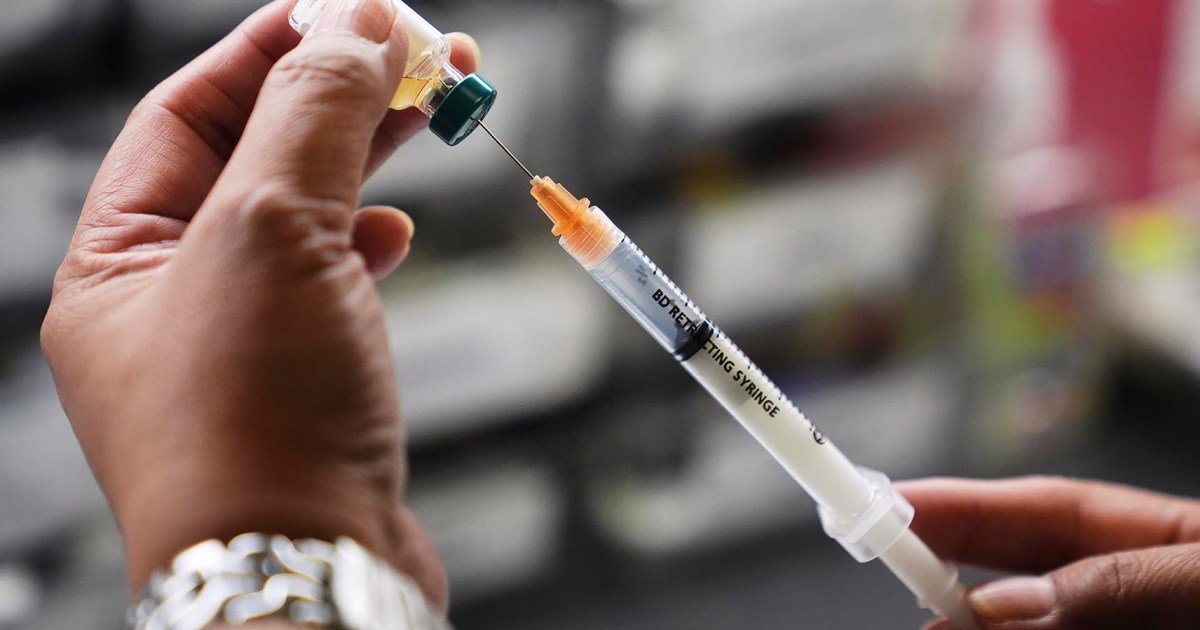The measles outbreak in South Carolina has grown to 15 cases, state health officials reported Friday, a small increase from a few days ago.
The new cases are among those who were exposed to the virus at school but developed symptoms during quarantine. It is not known if they are adults or children, but 139 students are still currently quarantined in the state.
“We are fortunate that those we have identified as exposed to measles adhered to our guidance of quarantining themselves during the period in which they could not expose others,” Dr. Linda Bell, a South Carolina epidemiologist, said in a statement to NBC News.
Those who are not vaccinated against measles are recommended to stay home, away from others, during a 21-day quarantine. That’s how long it can take to develop measles symptoms (high fever, red eyes, and rash) after being exposed.
“We recognize that quarantine is a challenge for families and communities, and we continue to strongly encourage vaccination, which would make quarantine unnecessary due to the proven effectiveness of the MMR vaccine for decades,” Bell said, referring to the measles, mumps and rubella vaccine.
As measles continues to appear in some areas of the United States, the possibility of being exposed to the highly contagious virus remains. According to data from the Centers for Disease Control and Prevention, at least 1,596 cases of measles were confirmed in 2025, but it is unclear how many people have been asked to quarantine.
In Ohio, where five cases have been reported in the central part of the state in the last two and a half weeks, the quarantine of 122 people was expected to end on Friday. A 1-year-old boy had to be hospitalized for several days after developing pneumonia.
The quarantine interruptions are causing some reaction in the affected communities.
“Many in our community are frustrated and thinking, ‘Why don’t you get your kids vaccinated?’” Dr. Mysheika Roberts, health commissioner of Columbus, Ohio, said in an interview. Measles exposures, including one at a children’s learning center late last month, triggered the 21-day quarantine, he said.
“When you make the decision not to vaccinate your child or to delay vaccination, you are not only impacting your child and your home. You may be impacting the entire community,” Roberts said. “It’s a domino effect that I don’t think the average individual making this decision understands.”
In Minneapolis-St. In the Paul area, 118 children have returned to school after being exposed to an outbreak of 20 measles cases. His quarantine ended Wednesday, according to a Minnesota Department of Health spokesperson.
Still, public health officials are preparing for future outbreaks.
“In fact, we anticipate that more cases may occur,” Bell said during a news conference Thursday. “The measles virus will not be contained within schools, within school districts or within county lines.”
“My concern is that this will continue to happen, that this will be our new normal,” Roberts said.
Children who have received the MMR vaccine do not have to quarantine if they are exposed. According to the CDC, two doses, given around age 1 and again around age 5, are 97% effective in preventing measles infections.








